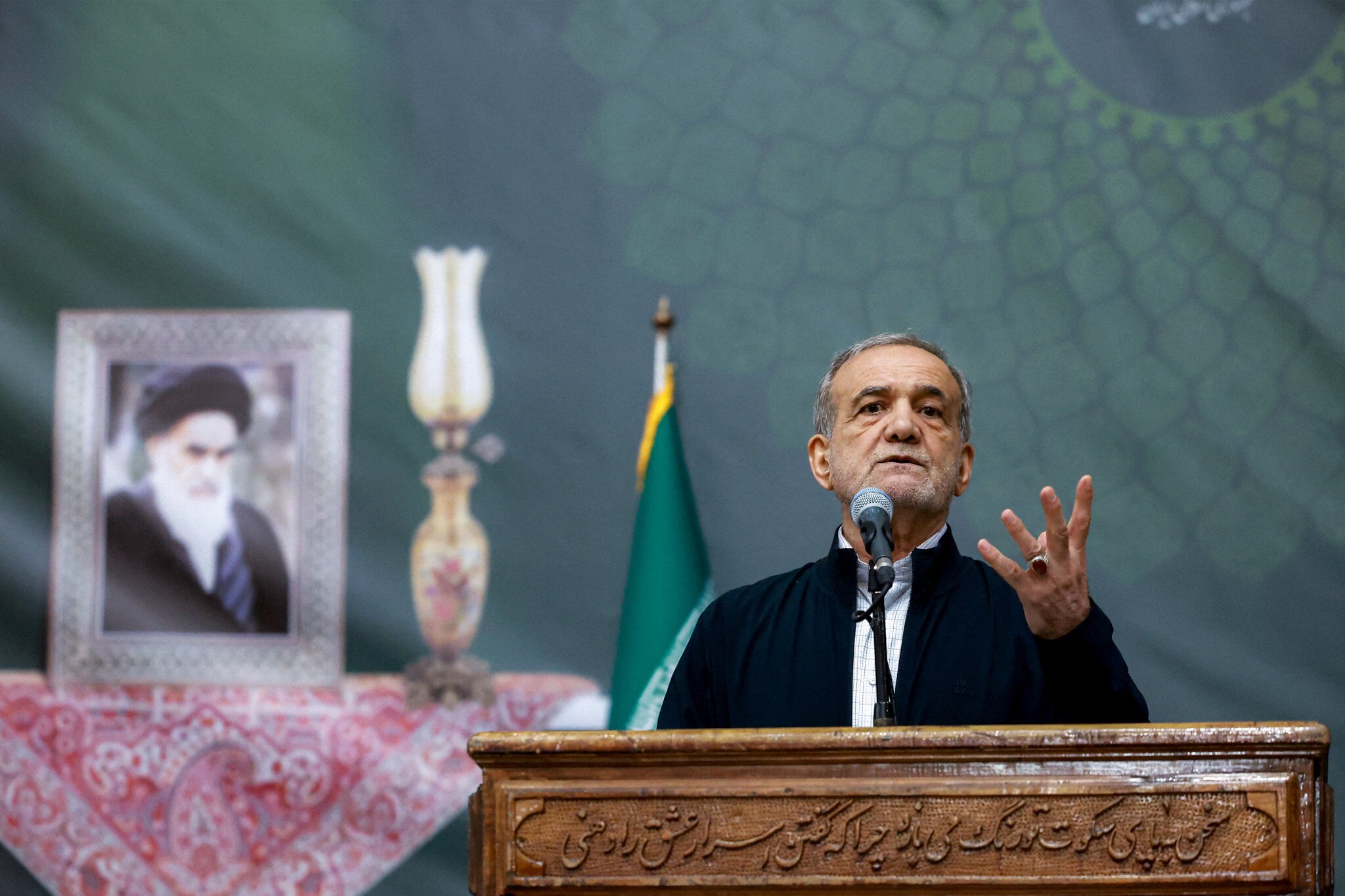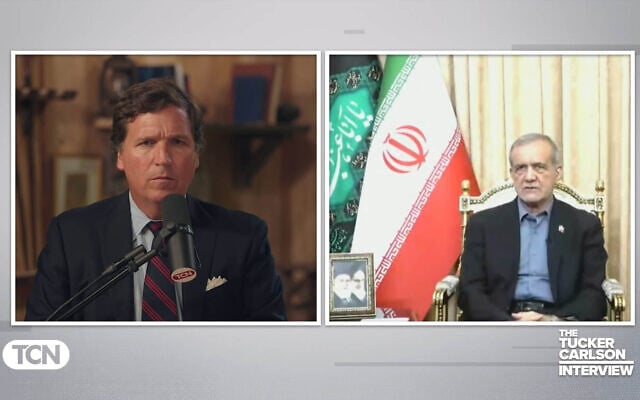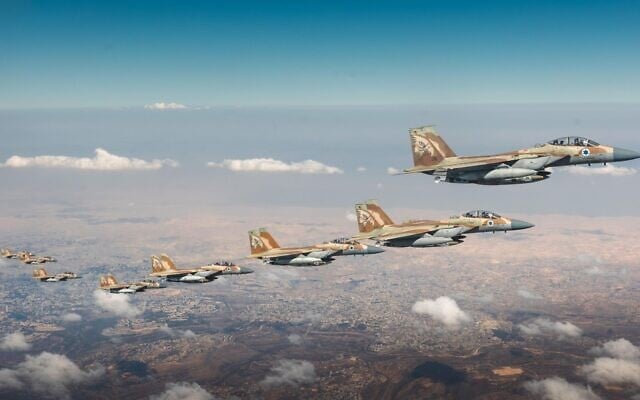



Iranian President Masoud Pezeshkian was injured in the leg during an Israeli airstrike last month on a meeting of Iran’s Supreme National Security Council, according to an Iranian report.
The attack on the lower floors of a building in Western Iran was carried out on June 16, the Fars news agency, which is affiliated with Iran’s powerful Islamic Revolutionary Guard Corps, reported Sunday.
Iran’s Parliament Speaker Mohammad Bagher Ghalibaf, Judiciary chief Gholam-Hossein Mohseni-Eje’i, and other senior officials were at the meeting with Pezeshkian, the report said.
The alleged strike came just four days into Israel’s air campaign against Iran’s nuclear and ballistic missile programs.
Six bombs or missiles hit the access and entry points of the building, apparently in an attempt to prevent those inside from leaving, and to prevent air from getting inside, the report said.
Though power to the building was cut off, the officials managed to escape via an emergency hatch, according to the report, which claimed that Pezeshkian and some others suffered injuries to their legs as they were escaping.
Last week, Pezeshkian accused Israel of trying to kill him, telling American conservative commentator Tucker Carlson in an interview that he was in a meeting and “thanks to the intelligence by the spies that they had, they tried to bombard the area in which we were holding that meeting.”
Fars noted that the apparently accurate information Israel had in planning and carrying out the attack has led authorities to probe if the Israelis had inside information.
The report did not say where the strike happened. The Iran International outlet on June 16 had reported an Israeli attack on an area near Shahrak-e Gharb in western Tehran.
Last week, IRGC general Mohsen Rezaei told state media that Israel bombed the location of a Supreme National Security Council meeting but that none of its members were injured, Iran International reported.
Israel said its sweeping assault — which began 61 days after US President Donald Trump set a 60-day deadline for a nuclear deal, and targeted Iran’s top military leaders, nuclear scientists, uranium enrichment sites, and ballistic missile program — was necessary to prevent the Islamic Republic from realizing its avowed plan to destroy the Jewish state.
Among the military leaders killed were Islamic Revolutionary Guard Corps chief Gen. Hossein Salami; the head of the Guard’s ballistic missile program, Gen. Amir Ali Hajizadeh; and Mohammad Bagheri, a major general in Iran’s Revolutionary Guards and the second-in-command of the armed forces after the Iranian leader.
Political leaders were spared from the attacks, and last week Defense Minister Israel Katz asserted that “regime change was not a goal” of the war.
On June 22, the US joined the assault, striking key Iranian nuclear facilities at Natanz, Fordo, and Isfahan. Two days later, the fighting ended with a US-brokered ceasefire.
US President Donald Trump claimed following the war that he had prevented American and Israeli forces from killing Iran’s Supreme Leader Ayatollah Ali Khamenei, while Katz said that Israel did not kill Khamenei because it did not know where he was hiding underground.
Iran has consistently denied seeking to acquire nuclear weapons. However, it enriched uranium to levels that have no peaceful application, obstructed international inspectors from checking its nuclear facilities, and expanded its ballistic missile capabilities. Israel said Iran had recently taken steps toward weaponization.
Iran retaliated against Israel’s strikes by launching over 500 ballistic missiles and around 1,100 drones at Israel. The attacks killed 28 people and wounded over 3,000 in Israel, according to health officials and hospitals.


